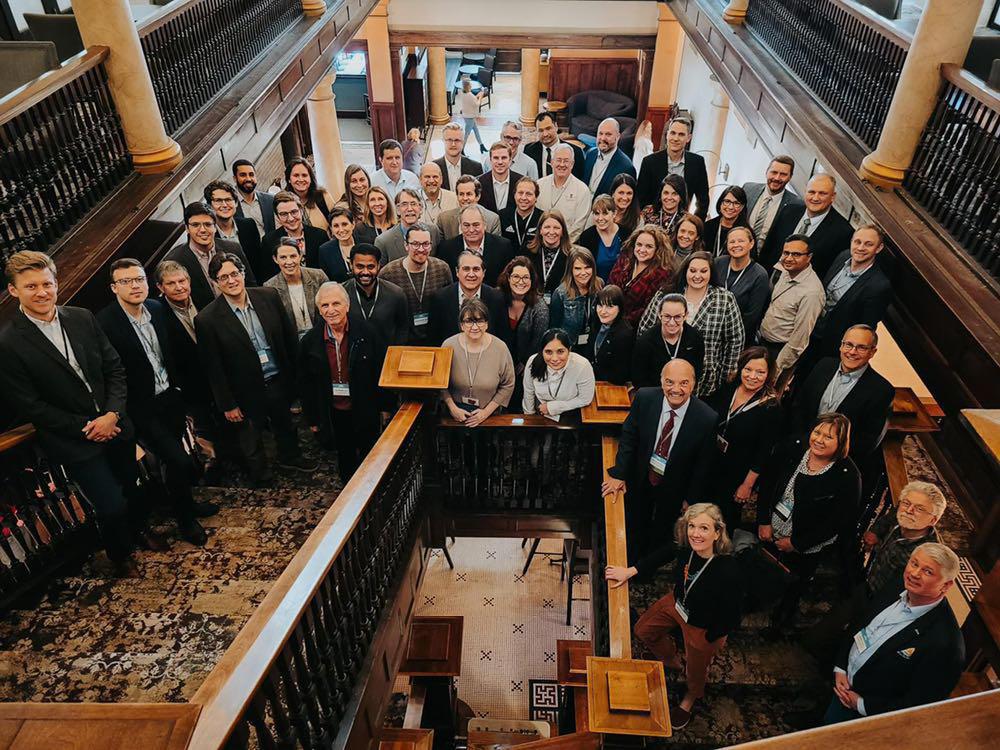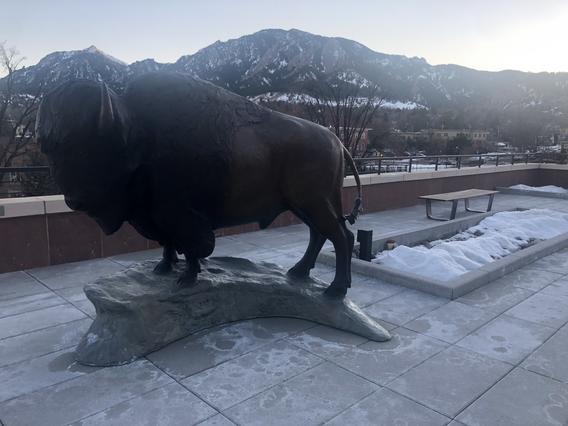The Bureau of Business and Economic Research at UMD is part of a national professional organization consisting of university research bureaus. The organization—the Association for University Business and Economic Research (AUBER)—members must be associated with a university, and there are more than 75 BBERS in nearly every state in the country. AUBER supports its members through a variety of ways. But without a doubt, the most valuable benefit of being an AUBER member is the organization’s annual conference.
Returning earlier this week from the conference held in Boulder, Colorado, BBER director Monica Haynes was equipped with oodles of new ideas and potential initiatives to bring to UMD’s BBER. Haynes provides here the top five conference sessions (by session name) and some takeaways from each that most anyone might find helpful if they conduct business or economic research.
5. Keynote Speaker John List from the University of Chicago gave a fascinating presentation on his new book, The Voltage Effect, which considers the science of scaling. While this concept may be popular in the startup world, it was fascinating to learn how the idea of scale is often overlooked in research and policy conversations and to hear about the five factors that Dr. List sees as being most critical to understanding whether a project will scale. If you are interested in economics, policy, or are just looking for a fascinating read, get this book!
4. Hot Off the Press: Getting the News Coverage Your Center Deserves. This helpful session included researchers and media professionals from both the University of Colorado and the University of Utah and was filled with helpful tips for how to increase a center’s media presence, build relationships with local media, and develop a strong following on social media. The BBER can now include a “message map” as part of its media toolkit. And… if you’re reading this post, please “Like” our LinkedIn page to show us our efforts are working! J
3. Beyond the Bar Chart: Engaging Ways to Present Research. This session featured researchers from universities in Nebraska, Ohio, and Florida and showcased some amazing visualizations. One innovative idea came from the University of Cincinnati Economics Center, where they have begun to develop animated videos to highlight their research findings. These videos can be used by clients in presentations and on social media and allow the Economics Center to control the message they are presenting to the public.
2. Cluster Analysis and Industrial Targeting. In this session, representatives from West Virginia University’s Bureau of Business and Economic Research showcased their 2020 study, “Identifying Industrial Clusters for Targeted Economic Development in West Virginia,” which identified high-impact economic development targets, including industries that could potentially fill supply chain gaps in the region’s strongest clusters. This is a study we would LOVE to recreate here at the BBER!
1. Storytelling with FRED Data: A Mini Workshop. This hands-on workshop featured all of the amazing tools that FRED, which is the acronym for Federal Reserve Economic Data, has to offer, including the ability to build a customized dashboard for any region in the country that automatically updates with the latest numbers from FRED. Expect to see this on the BBER’s website in the coming months!

